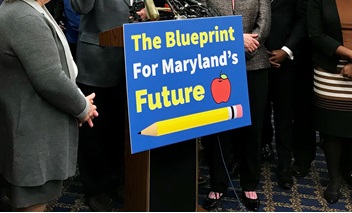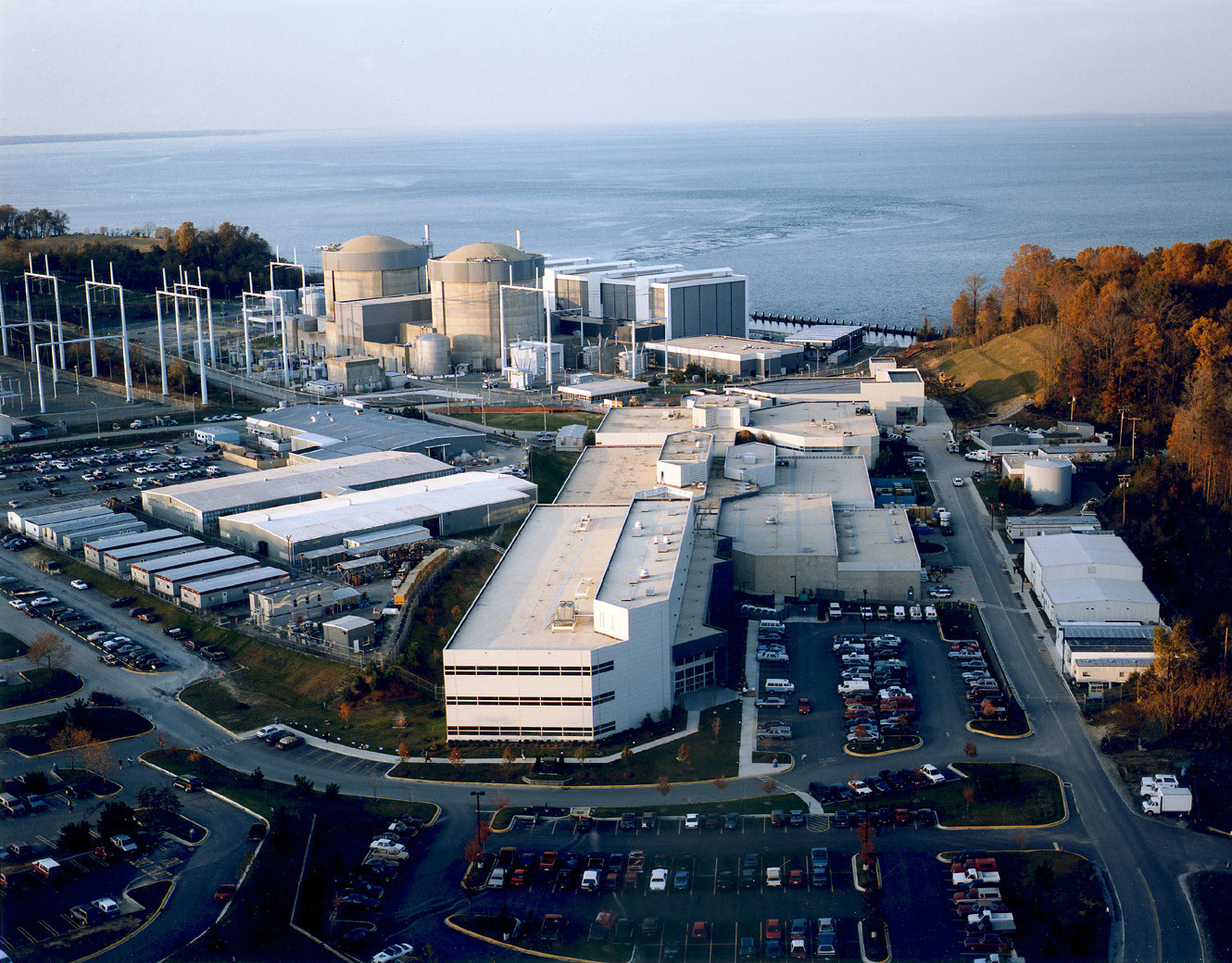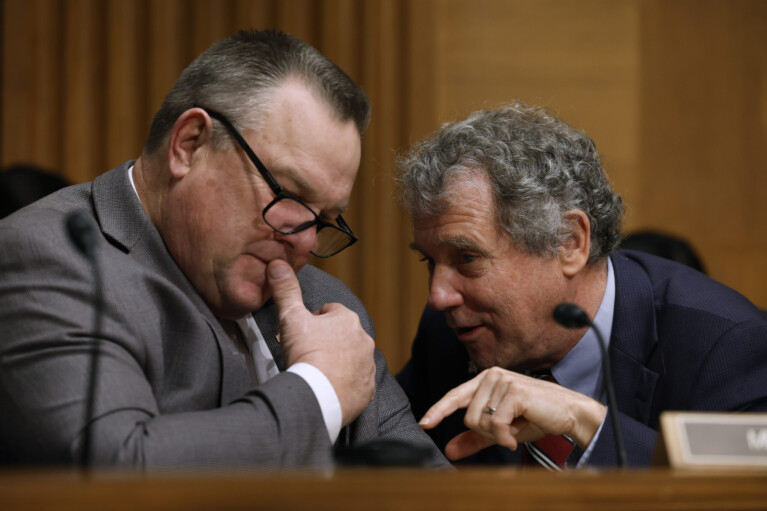
COVID-19 and the George Floyd and Black Lives Matter movements for racial and economic justice are exposing the shortcomings in the Blueprint for Maryland’s Future for school reform. The Blueprint is an unprecedented accomplishment. Yet, we must now recognize that, in many ways, it is inadequate, inequitable and not up to the challenges ahead.
These fundamental shortcomings have not been understood or discussed despite the vast public attention to the work of the Kirwan Commission (on which I served) which drafted the Blueprint. The shortcomings harm hopes of reopening schools as effectively as possible. And they are a particular setback, short- and long-term, for students who are poor and of color.
Overdue awareness of the dangers ahead begins with recognition that the Kirwan funding recommendations were compromised from the start because of political realities. Commission members, including the most liberal legislative leaders, felt their hands were tied because of Gov. Larry Hogan’s outspoken opposition to adequate and equitable state funding.
In addition, the National Center on Education and the Economy, principal consultants to the Kirwan Commission, over-sold how quickly the Blueprint could be implemented. NCEE also under-estimated the need for increased school investments, particularly for students most at risk during the long and uncertain transition – over more than a decade – from the old system to the new.
Swayed by NCEE, the commission never utilized the established evidence-based methodology to systematically cost out elements of better schooling, like smaller class size, and sufficient social workers and counselors. The commission was supposed to use this methodology, as had been recommended and done by its original, experienced adequacy consultants.
Instead, NCEE convinced the commission to take a different reform approach, described by NCEE’s president as “revolutionary.” The Blueprint reimagines almost all aspects of public education modeled on the highest achieving school systems in the world. This is an appealing goal, but it is untested in the U.S. and has never been implemented anywhere in the world at one swoop as the Blueprint envisions.
And its risks have been overlooked. Simply stated, the Blueprint does not provide what might be called an “adequacy and equity safety net” for vulnerable students during the long and risky transition. In a pending lawsuit in the Circuit Court for Baltimore, the ACLU states much the same thing in its allegations that the Blueprint violates prior court rulings requiring adequate school funding under the Maryland Constitution.
Still, there’s hope. The pandemic and the movements for racial and economic justice have altered the political landscape. Whether or not Gov. Hogan’s veto of the Blueprint is overridden, the legislation will have to be revised. And here’s what legislators must do.
First, they must reappraise the Blueprint through the lens of racial and economic equity. Equity, which bore the brunt of the compromises in the Blueprint’s funding recommendations, must be given the political right of way in the fierce fiscal competition that lies ahead.
To do this, legislators must uncover and remedy how the Blueprint short-changes the costs of services for students who are most at risk. Most urgently, using the standard evidence-based methodology, the funding formulas for the “foundation base” for all students and the compensatory education weight for low-income students must be increased.
Second, legislators must substantially change the priorities and phase-in of current and future funding. Funding must be far more front-loaded to provide immediate assistance to low-achieving students, who are disproportionately poor and of color, especially in the early grades.
It’s true that adequacy and equity, if properly determined, will increase the cost of the Blueprint beyond the $4 billion (over 10-plus years) that Gov. Hogan has deemed unaffordable. But it is no less true, as numerous experts have confirmed, that pre- and post-pandemic Maryland has the fiscal wealth to pay more. In fact, the $4 billion would represent less than a 1% annual increase in state and local government spending, and less than a 2.5% average annual increase in state and local spending for public schools.
No one can predict the course of the pandemic and Maryland politics through state elections in 2022. Moreover, the Kirwan Commission has not yet issued a final report, and state officials have not answered fully some requests for clarifying information.
Still, we know for sure that adequate and equitable education is the defining civil right issue of our time. And Maryland requires a stronger and surer plan to fulfill that constitutional right now and in the future.
— KALMAN R. HETTLEMAN
The writer is a member of the Maryland Commission on Innovation and Excellence in Education – the Kirwan Commission — a former Baltimore City School Board member, a former deputy mayor of Baltimore and a former Maryland secretary of Human Resources.




 Creative Commons Attribution
Creative Commons Attribution